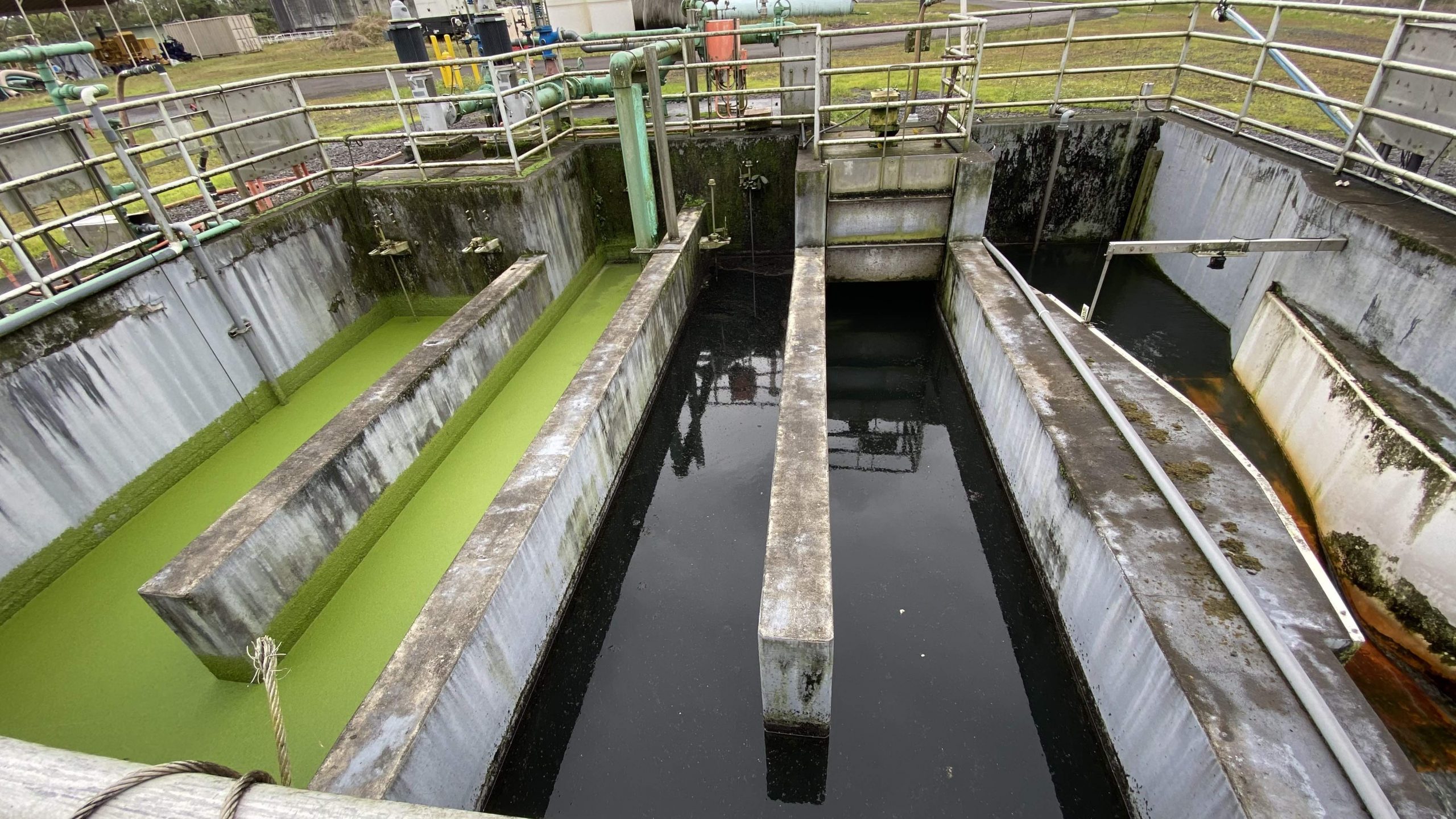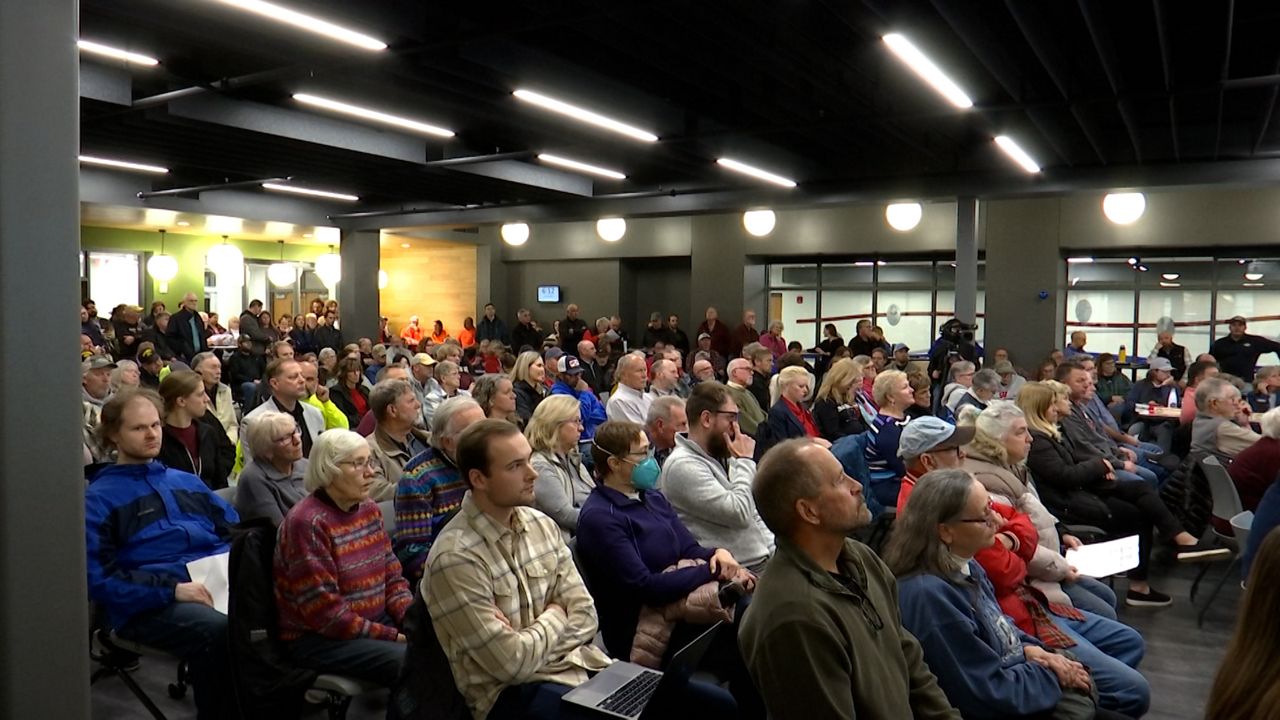Groundbreaking Held For Upgraded Hilo Wastewater Treatment Plant – Big Island Video News

Report on the Hilo Wastewater Treatment Plant Upgrade Project
1.0 Introduction
A critical infrastructure project is underway to upgrade the Hilo Wastewater Treatment Plant (WWTP). A groundbreaking ceremony marked the official commencement of the $337 million initiative, which is contracted to Nan Inc. and scheduled for completion in 2030. This project is a significant investment in public health, environmental protection, and sustainable infrastructure, directly aligning with several United Nations Sustainable Development Goals (SDGs), particularly SDG 6 (Clean Water and Sanitation), SDG 11 (Sustainable Cities and Communities), and SDG 14 (Life Below Water).
2.0 Project Justification and Urgency
The upgrade is necessitated by the deteriorating condition of the current facility, which was constructed in the early 1990s. The urgency of the project was underscored by an emergency proclamation signed by Hawaiʻi County Mayor Kimo Alameda to preemptively manage a potential catastrophic failure.
- Infrastructure Deficiencies: Engineering assessments identified severe structural and mechanical issues, including extensive corrosion, which pose a significant risk of a major sewage spill.
- Risk to Public Health and Environment: A failure would directly threaten public health and the local marine ecosystem, undermining progress toward SDG 3 (Good Health and Well-being) and SDG 14 (Life Below Water).
- Regulatory Compliance: In March 2024, the County entered into an Administrative Order on Consent with the U.S. Environmental Protection Agency, mandating that the facility and its related infrastructure be brought into compliance with environmental regulations.
County Environmental Management Director Wesley R. Segawa noted that the substantial cost is a direct result of deferred maintenance over three decades, describing it as a “costly lesson for our county.”
3.0 Contribution to Sustainable Development Goals (SDGs)
This infrastructure project is fundamentally aligned with the global 2030 Agenda for Sustainable Development. Its successful implementation will advance the following key goals for the Hilo community:
- SDG 6: Clean Water and Sanitation: The project’s primary objective is to ensure reliable wastewater treatment. This directly addresses Target 6.3, which aims to improve water quality by reducing pollution and halving the proportion of untreated wastewater. The upgrade will enhance treatment efficiency for the 3 million gallons of wastewater processed daily for approximately 30,000 residents.
- SDG 14: Life Below Water: By improving the quality of effluent discharged into the ocean, the project will mitigate marine pollution from land-based activities, a core objective of Target 14.1. This addresses community concerns, voiced by Keaukaha Community Association President Kaʻaka Swain, about the impact of the plant’s outfall on the local marine environment, which serves as a vital food source (“refrigerator”).
- SDG 11: Sustainable Cities and Communities: The upgrade strengthens Hilo’s urban infrastructure, making the community safer and more resilient (Target 11.5). Modernizing the WWTP is a critical step in managing municipal waste effectively and reducing the city’s environmental footprint.
- SDG 9: Industry, Innovation and Infrastructure: The project represents a significant investment in developing quality, reliable, and sustainable infrastructure (Target 9.1). It involves replacing outdated systems with modern technology to ensure long-term operational viability.
4.0 Project Scope and Implementation
The comprehensive upgrade is designed to modernize every aspect of the treatment process and fortify environmental safeguards. Key components include:
- Construction of a new headworks facility.
- Upgrades to primary and secondary treatment systems.
- Installation of new solids handling and odor control buildings.
- Major improvements to electrical and control systems.
Mayor Kimo Alameda stated, “With this investment, we are making sure that the Hilo Wastewater Treatment Plant operates at the high standards our community deserves.”
5.0 Community Impact and Future Considerations
The project is expected to deliver significant benefits, including improved environmental health and the reduction of odor issues historically affecting nearby residents. However, community feedback highlights areas for future progress in achieving fully inclusive sanitation infrastructure, a key tenet of SDG 6.
5.1 Community Concerns
Kaʻaka Swain of the Keaukaha Community Association noted a significant gap in service, stating, “The biggest gripe is the plant doesn’t serve our Keaukaha community. Most of our community is still on cesspool or septic tanks.” This highlights an ongoing challenge where the community most impacted by the plant’s outfall is not connected to its services. While acknowledging the current upgrade as necessary “baby steps,” this feedback points to the need for future infrastructure expansion to ensure equitable access to sanitation, fully realizing the vision of SDG 11 for inclusive communities.
Analysis of Sustainable Development Goals in the Article
1. Which SDGs are addressed or connected to the issues highlighted in the article?
The article on the Hilo Wastewater Treatment Plant upgrade addresses several Sustainable Development Goals (SDGs) by focusing on infrastructure, public health, environmental protection, and community well-being.
- SDG 6: Clean Water and Sanitation: This is the most central SDG, as the entire project is about upgrading a wastewater treatment facility to ensure safe and effective management of sanitation for the community.
- SDG 9: Industry, Innovation and Infrastructure: The article details a major investment in upgrading critical public infrastructure to make it resilient, reliable, and sustainable.
- SDG 11: Sustainable Cities and Communities: The project aims to reduce the negative environmental impact of the city of Hilo, specifically by improving wastewater management and reducing odor pollution, thereby making the community safer and more livable.
- SDG 14: Life Below Water: The article highlights the direct impact of the wastewater plant’s effluent on the ocean, which the community uses for fishing. Upgrading the plant is crucial to prevent marine pollution from land-based activities.
2. What specific targets under those SDGs can be identified based on the article’s content?
Based on the issues discussed, the following specific SDG targets are relevant:
- Target 6.3: By 2030, improve water quality by reducing pollution… halving the proportion of untreated wastewater.
- Explanation: The project’s primary goal is to “improve treatment efficiency” and prevent a “sewage spill.” The community’s hope for water with “less bacteria” pumped into the ocean directly aligns with improving water quality and reducing pollution from untreated or poorly treated wastewater.
- Target 9.1: Develop quality, reliable, sustainable and resilient infrastructure… to support economic development and human well-being.
- Explanation: The article describes the existing plant as having “mechanical defects, structural deterioration, and extensive corrosion,” making it unreliable. The $337 million upgrade is an investment to create a “safe, modern wastewater infrastructure” that the “community deserves a wastewater system they can count on.”
- Target 11.6: By 2030, reduce the adverse per capita environmental impact of cities, including by paying special attention to… municipal and other waste management.
- Explanation: The article mentions the “smell” from the plant as a negative environmental impact on the community. The upgrade includes “new… odor control buildings” to mitigate this. The entire project is an improvement of Hilo’s municipal waste (wastewater) management system.
- Target 14.1: By 2030, prevent and significantly reduce marine pollution of all kinds, in particular from land-based activities.
- Explanation: The article explicitly states the community’s concern about the plant’s effluent spilling “into our refrigerator (the ocean) that we go and fish in.” The upgrade aims to “strengthen environmental safeguards” and improve the quality of water from the outfall, directly addressing the prevention of marine pollution from this land-based source.
- Target 6.2: By 2030, achieve access to adequate and equitable sanitation and hygiene for all… paying special attention to the needs of women and girls and those in vulnerable situations.
- Explanation: While the upgrade serves 30,000 residents, the article points out a gap in sanitation access. The Keaukaha Community Association President notes, “Most of our community is still on cesspool or septic tanks. We don’t have lines and infrastructures put in… for us to even hook up to the plant.” This highlights the issue of equitable access to sanitation, which is central to this target.
3. Are there any indicators mentioned or implied in the article that can be used to measure progress towards the identified targets?
Yes, the article contains several explicit and implicit indicators for measuring progress:
- Proportion of wastewater safely treated (Indicator 6.3.1): The article states the plant treats “an average of 3 million gallons of wastewater daily.” The project’s success can be measured by the improvement in treatment efficiency and the reduction of pollutants like bacteria in the discharged water.
- Investment in infrastructure: The “$337 million” cost of the upgrade is a direct financial indicator of the commitment to improving infrastructure (relevant to Target 9.1).
- Population served by the infrastructure: The article notes the facility serves “approximately 30,000 residents,” which is a key metric for understanding the scope and impact of the infrastructure project (relevant to Target 9.1).
- Reduction in pollution incidents: The prevention of a “sewage spill” is a critical success indicator. Progress can be measured by the number of spill incidents (or lack thereof) after the upgrade (relevant to Targets 6.3 and 14.1).
- Quality of ambient water: The community’s desire for water with “less bacteria” implies that measuring the bacterial count and other pollutant levels in the ocean near the outfall is a key indicator of reduced marine pollution (relevant to Target 14.1).
- Proportion of population using safely managed sanitation services (Indicator 6.2.1a): The statement that most of the Keaukaha community is “still on cesspool or septic tanks” provides a baseline indicator for the lack of connection to a centralized, safely managed system for that specific part of the community.
4. Table of SDGs, Targets, and Indicators
| SDGs | Targets | Indicators Identified in Article |
|---|---|---|
| SDG 6: Clean Water and Sanitation | 6.3: Improve water quality by reducing pollution and halving the proportion of untreated wastewater. |
|
| SDG 6: Clean Water and Sanitation | 6.2: Achieve access to adequate and equitable sanitation for all. |
|
| SDG 9: Industry, Innovation and Infrastructure | 9.1: Develop quality, reliable, sustainable and resilient infrastructure. |
|
| SDG 11: Sustainable Cities and Communities | 11.6: Reduce the adverse per capita environmental impact of cities, including waste management. |
|
| SDG 14: Life Below Water | 14.1: Prevent and significantly reduce marine pollution from land-based activities. |
|
Source: bigislandvideonews.com

What is Your Reaction?
 Like
0
Like
0
 Dislike
0
Dislike
0
 Love
0
Love
0
 Funny
0
Funny
0
 Angry
0
Angry
0
 Sad
0
Sad
0
 Wow
0
Wow
0











































































